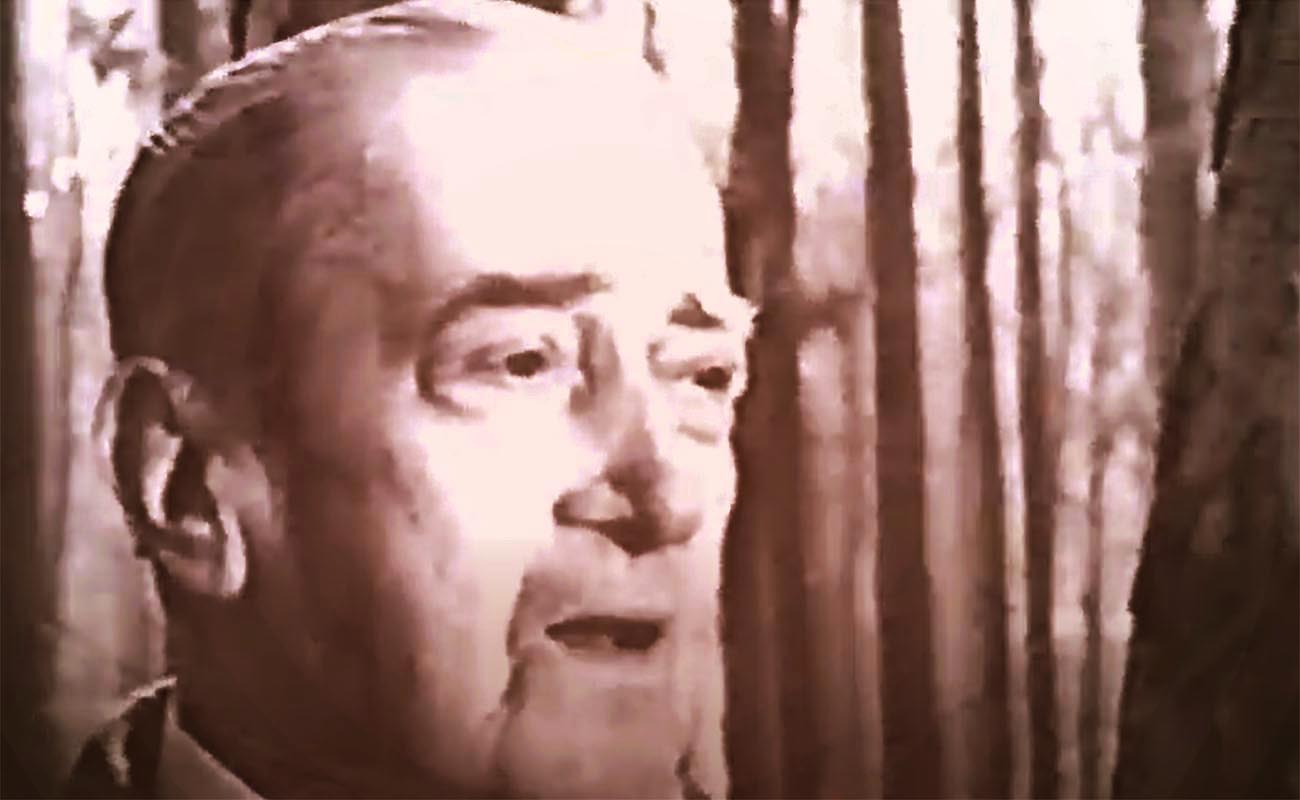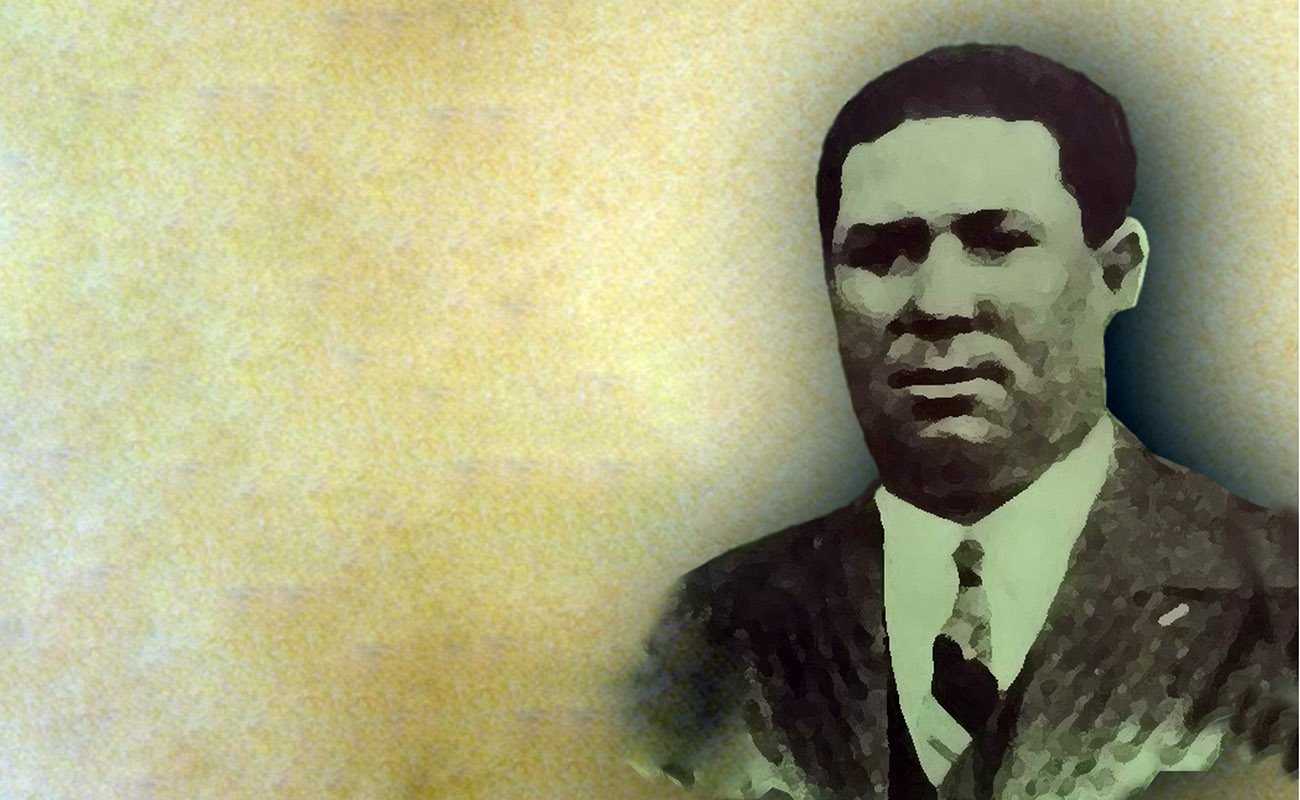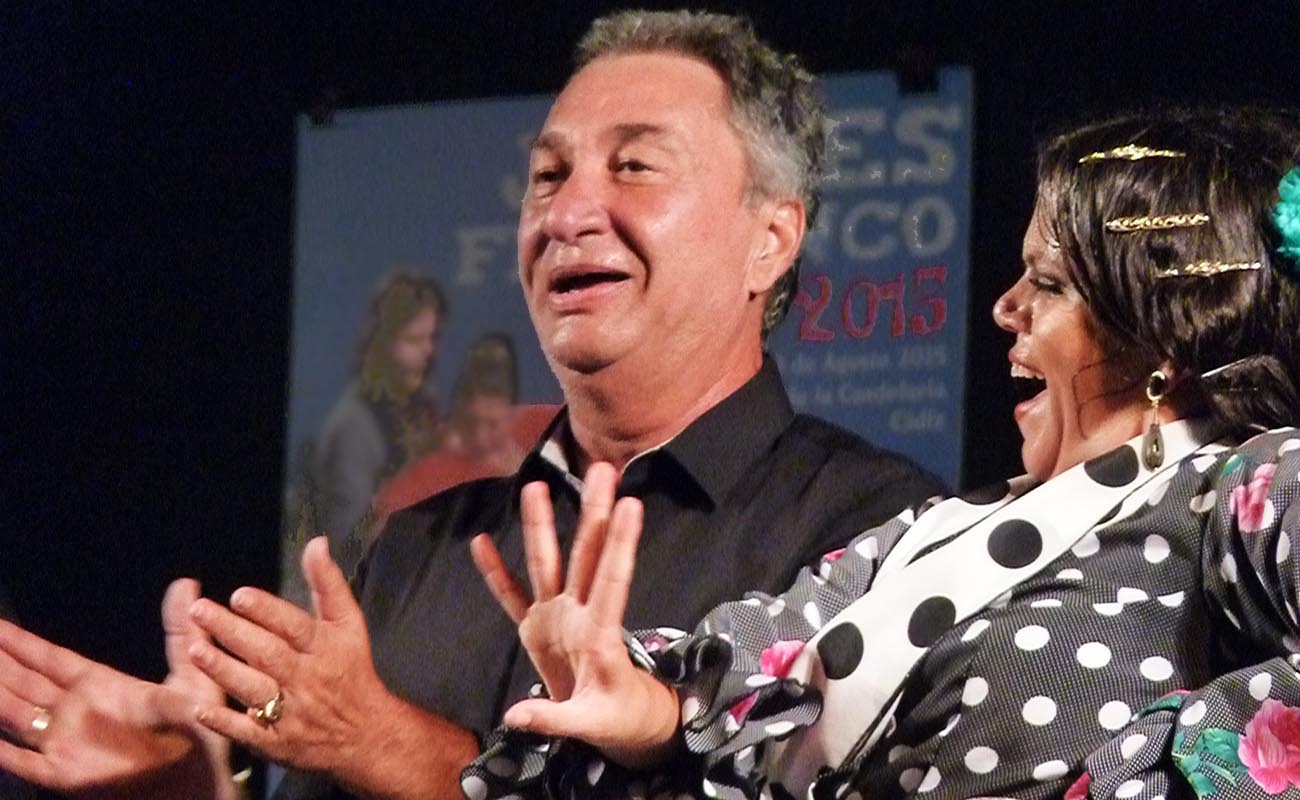About Arcángel
Yet, sectarianism exists and has always existed. In the end, feeling pellizco or not when listening to cante is something very subjective, depending on the sensibility of each aficionado.

Last Monday*, I posted in my Facebook wall a link to a YouTube video where the cantaor Arcángel sings a saeta before Cachorro de Triana1, and all hell broke lose. Offensive comments started to pour in, discrediting him as cantaor and expressing a huge disrespect towards this artist from Huelva, something typical of one art divided in small republics of self-proclaimed experts of the jondo. That’s nothing new: since the 19th century we’ve had those controversies about what’s flamenco, Gypsy or jondo, about what has pellizco and what hasn’t, about the voices that tear up the soul, and about those who sweeten it.
Personally, I’m a bit sick and tired of these absurd controversies, although I understand that everyone feels differently when listening to cante, and everyone has the right to express their opinion about what they like and what they dislike. I get that. Cante is not just one voice, but many, with different sounds and characteristics. Yet, those who only like Gypsy voices usually scorn the rest of us, usually in a bad way, not politely but in a disrespectful way. Oddly, those who only feel moved by voices that tear up the soul, seldom are critical with the owners of those voices, only focusing on the sound and tone, disregarding everything else. I know many cantaores and cantaoras with such voices who are a complete disaster when they sing: out of tune, out of rhythm and lacking knowledge. Gypsies and not-Gypsies alike. I can assure you that there’s is a lot of mediocrity behind the pellizcos and that stale duende, which somehow are only attributed to Gypsy performers. Any interpreter with such attributes is said to sing Gypsy, that is, flamenco.
According to what I see and hear, Arcángel isn’t flamenco, but just a singer of zarzuelas, operas and ballads.
No other than Caballero Bonald once said that Silverio Franconetti and Antonio Chacón were not flamenco singers, but singers of popular songs, showing his ignorance and also his bad blood. I’ve already told a story which happened after the death of Naranjito de Triana, the great cantaor from that district of Seville. I asked an intern working for the newspaper to call Bonald’s home, asking his opinion about such a loss for cante, and the illustrious Andalusian writer said that he had “nothing to say about that man”. I assume it was because he wasn’t Gypsy. These and other writers of old are the reason behind such contempt towards the non-Gypsy performers in flamenco, specially the successful ones, such as Arcángel, who, if he hadn’t been any good and stayed back in Huelva, instead of becoming a leading star, wouldn’t be causing such a fuss. Yet, Arcángel is one of the most important personalities in today’s flamenco, we can’t help it, and he’s also a great singer, regardless of personal tastes. It’s not his fault that some good Gypsy singers never left their neighborhoods or their towns. It’s not his fault that his voice isn’t deep and rough and, by the way, he has a beautiful voice which is as flamenca as anyone’s.
The type of voice isn’t a measure of the quality of cante. Wasn’t Manuel Vallejo a good cantaor? What about Pepe Marchena, Manuel Escacena, Niña de la Puebla and Manuel Centeno? They were all great singers, well respected in their own time, incidentally. They were top stars who filled theaters and bullfighting rings. Maybe that was their problem: they were successful. It wasn’t their fault that others didn’t succeed and had to make a living singing in private parties or shinning shoes in restaurants. Just the same, Arcángel can’t be blamed for the fact that great cantaores, Gypsy or not, those so-called pure, work in construction or drive buses earning a meager salary. Sectarianism shouldn’t exist in flamenco, which is such a varied art, with so many hues and styles. Yet, sectarianism exists and has always existed. In the end, feeling pellizco or not when listening to cante is something very subjective, depending on the sensibility of each aficionado.
1 Cachorro de Triana: an image of Jesus Christ, carved in 1632. Leyend has it that the carving is based on the agony of a gypsy man (witnessed by the artists) who was stabbed to death, wrongly accused of adultery. The Gypsy man’s nickname was “Cachorro” (“Puppy”)
*This article was originally published on March 16th, 2016




